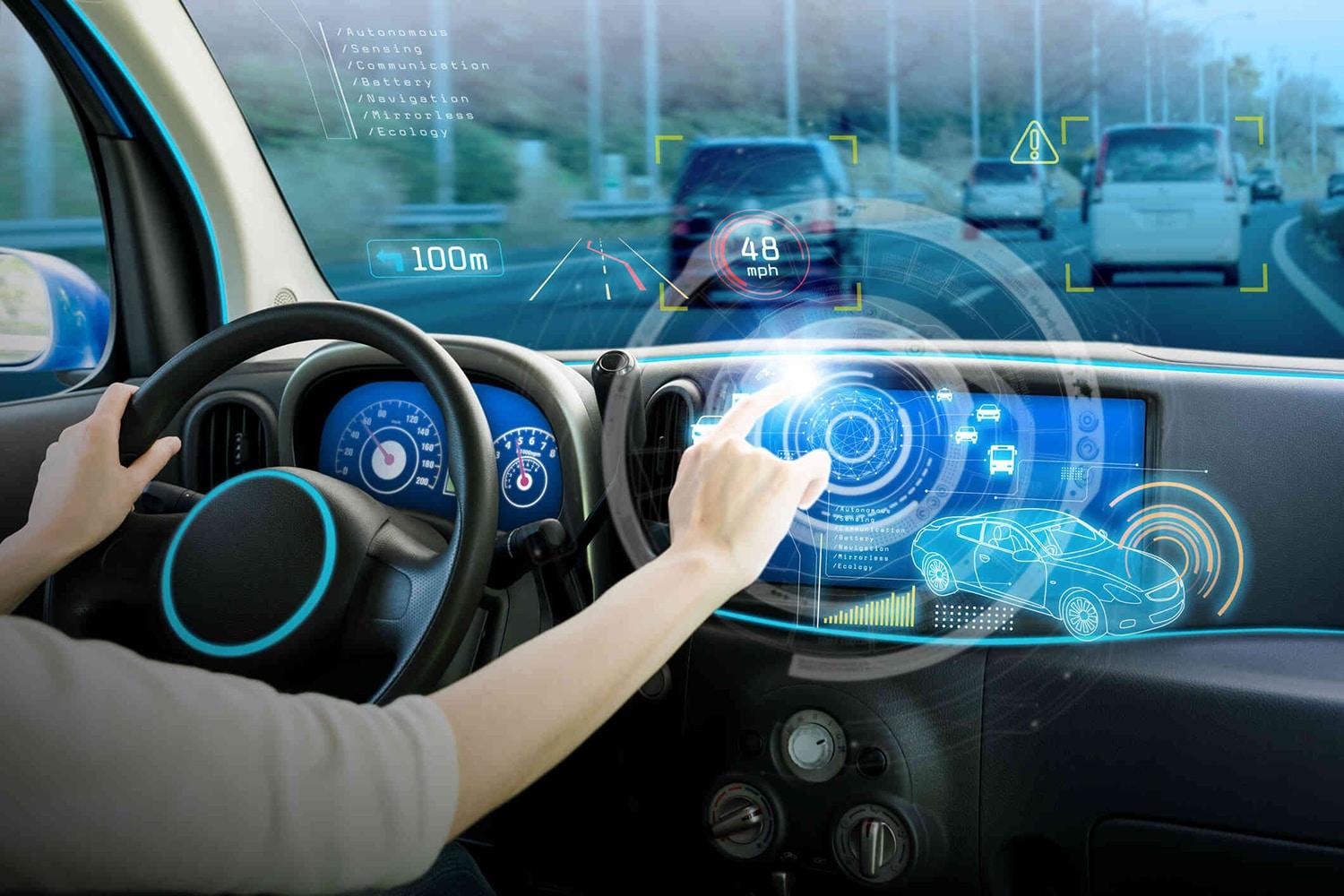Emerging Technologies in Automotive Infotainment Systems

Automotive Infotainment Market: Transforming the Driving Experience
1. Introduction
In today's digital age, consumers expect seamless connectivity and access to information wherever they go, including in their vehicles. Automotive infotainment systems cater to these expectations by integrating entertainment, communication, and information functionalities within the vehicle's dashboard. This technology allows drivers and passengers to stay connected, entertained, and informed while on the move.
2. Overview of the Automotive Infotainment Market
2.1 Definition and Importance of Infotainment Systems
Automotive infotainment systems refer to the integration of various multimedia features, including audio, video, navigation, and connectivity, into the vehicle's dashboard. These systems provide a wide array of services, such as multimedia streaming, hands-free calling, GPS navigation, real-time traffic updates, and vehicle diagnostics. The significance of infotainment systems lies in their ability to enhance the overall driving experience, offering convenience, entertainment, and safety features.
2.2 Evolution of Automotive Infotainment Systems
The automotive infotainment market has evolved significantly over the years. Initially, infotainment systems were limited to basic radio and CD players. However, with advancements in technology and the rise of smartphones, these systems have become increasingly sophisticated. Modern infotainment systems are equipped with touchscreens, voice recognition, connectivity options, and integration with mobile devices.
3. Market Segmentation
3.1 Operating Systems in Automotive Infotainment
Automotive infotainment systems are powered by various operating systems, each offering its own set of features and capabilities. The key operating systems in the market include:
- QNX
- Linux
- Microsoft
- Others
Each operating system has its own advantages and considerations, and automakers select the most suitable one based on their specific requirements, compatibility, and user experience.
3.2 Regional Analysis of the Market
The automotive infotainment market is segmented into major regions, including North America, Europe, Asia-Pacific, and the Rest of the World (RoW). These regions exhibit varying levels of adoption and demand for infotainment systems. North America and Europe currently dominate the market due to their advanced automotive industry, technological innovations, and high consumer purchasing power. However, the Asia-Pacific region is rapidly emerging as a significant market player, driven by the growing demand for connected car features and increasing disposable incomes.
4. Key Players in the Automotive Infotainment Market
The Automotive infotainment system market comprises several prominent players that play a crucial role in shaping the industry landscape. These key players include leading automotive manufacturers, technology companies, and software providers. Some of the notable players in the market are:
· Continental AG (Germany)
· Alpine Electronics Inc. (Japan)
· Harman International (US)
· Pioneer Electronics (US)
· Panasonic Corporation (Japan)
· DENSO Corporation (Japan)
· Garmin Ltd. (Switzerland)
· Delphi Automotive PLC (UK)
· KENWOOD Corporation (Japan)
ALLGo Embedded Systems Pvt. Ltd. (India) These companies continuously strive to introduce innovative infotainment solutions, enhance user experiences, and stay competitive in the market.
5. Market Trends and Opportunities
5.1 Integration of Advanced Technologies
The automotive infotainment market is witnessing a surge in the integration of advanced technologies to offer enhanced functionalities and experiences. For instance, augmented reality (AR) displays are being incorporated into infotainment systems to provide interactive navigation and real-time information overlay on the windshield. Additionally, the integration of voice assistants, such as Siri and Google Assistant, allows drivers to control various infotainment features using voice commands.
5.2 Growing Demand for Connected Car Features
The demand for connected car features is rising rapidly, propelling the growth of the automotive infotainment market. Connected car technologies enable seamless connectivity between the vehicle and external devices or networks, offering services like internet access, remote diagnostics, and over-the-air software updates. These features enhance safety, improve navigation accuracy, and provide personalized entertainment options, thereby driving the adoption of infotainment systems.
6. Market Challenges
6.1 Data Security and Privacy Concerns
As infotainment systems become more connected and integrated with external networks, the risk of data breaches and privacy infringements increases. Cybersecurity threats pose significant challenges, as hackers can exploit vulnerabilities in the system to gain unauthorized access to personal data or compromise the vehicle's functionality. Automakers and technology providers must prioritize data security and privacy protection to instill consumer trust and mitigate risks.
6.2 Complex Integration Processes
Integrating infotainment systems into vehicles involves complex processes due to the diverse range of components, software, and compatibility considerations. Automakers need to ensure seamless integration with existing vehicle systems while maintaining reliability and performance. The complexity of integration poses challenges in terms of time, cost, and resources, requiring thorough testing and validation to ensure optimal functionality.
7. Future Outlook and Market Forecast
The future of the automotive infotainment market looks promising, driven by technological advancements, increasing consumer expectations, and the growing demand for connected features. The integration of artificial intelligence (AI), machine learning (ML), and 5G connectivity is expected to revolutionize infotainment systems, enabling personalized experiences, predictive recommendations, and enhanced safety features. According to market forecasts, the automotive infotainment market is projected to grow steadily, reaching significant market value by 2030.
8. Conclusion
The automotive infotainment market is witnessing rapid growth and transformation, fueled by the integration of advanced technologies and the demand for connected car features. Infotainment systems play a pivotal role in enhancing the driving experience, providing entertainment, connectivity, and safety functionalities. While the market presents numerous opportunities, it also faces challenges in terms of data security, privacy concerns, and integration complexities. As the industry continues to evolve, collaboration between automakers, technology providers, and regulatory bodies will be crucial in delivering innovative and secure infotainment solutions.
Related Report:
electric car battery recycling
- Авто, мото
- Кейтеринг
- Досуг, развлечения
- Животные
- Красота, здоровье
- Образование, репетиторы
- Спорт и тренеры
- Строительство и ремонт
- Товары и магазины
- Туризм и отдых
- Финансы и страхование
- Литература
- Музыка
- История
- Политика
- Религия
- Искусство
- Кино
- Театр
- Хорошее здоровье
- Аксессуары
- Бизнес
- Разное


